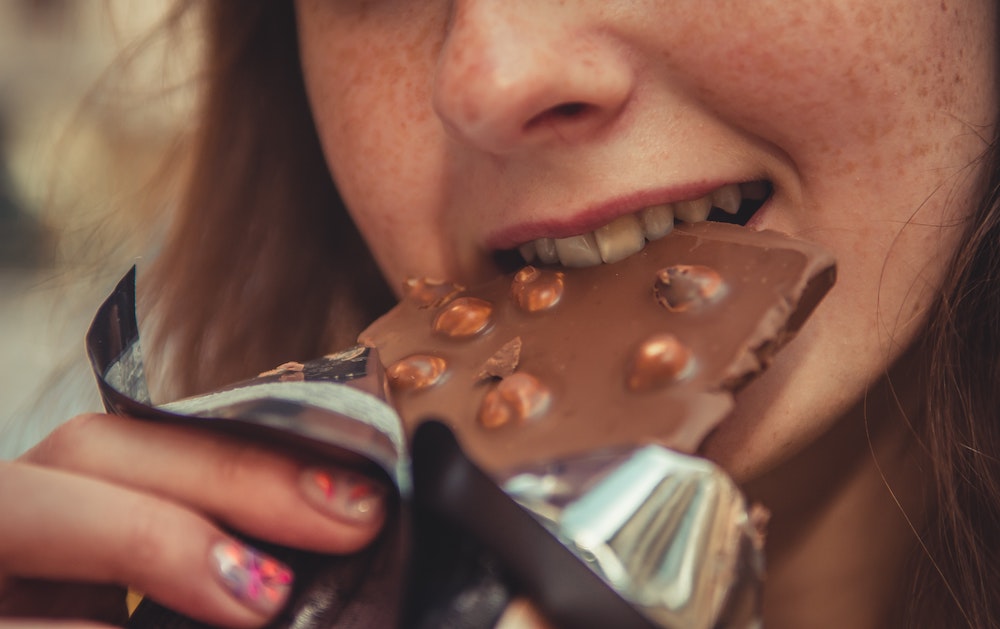- Put on shelf during spread of COVID-19 in favor of disposables, sustainable food packaging expected to return.
- Progressive companies and localities throughout the world had been pushing to reduce the use of single-use plastics while at the same time advocating for edible containers.
- Edible packaging market may reach $1.3 billion by 2024.
The time may come when you finish off your drinking water while also polishing off the container.
That’s the view of food experts who expect a comeback for edible food pods, which took a hit when COVID-19 forced restaurants to resort to plastic takeout cups, plates, packets and cutlery due to contagion concerns. Biodegradable containers are also expected to make a comeback.
“We are expecting the debate on SUP [single-use plastic] to continue on the other side of the pandemic,” Sylvain Charlebois, director of the Agri-Food Analytics Lab at Dalhousie University, told Karma. “Companies had to use plastics during the pandemic, but once the fear goes away, expectations will get back to where they were pre-COVID.”
Progressive companies and localities throughout the world had been making strides in cutting down on the use of plastic cups and utensils and instituting edible containers that reduce the burden on overflowing landfills and add harmful detritus on land and in waterways.
A lot changed since the pandemic hit. New York City this year enacted a law banning Styrofoam containers for food takeout. Like Oregon and California, the city was forced to lift its ban of plastic bags when the pandemic spread.
Disposal cups lined and lidded with polymers have reappeared, according to the Financial Times. New laws were shelved till the crisis passed, too: delays were temporarily put into effect in the U.K. on a ban of plastic straws and stirrers, on imposing a tax on plastic packaging and on charging stores a fee for giving out plastic shopping bags.
Once COVID-19 threats fall and the need for disposable containers and cutlery fades, environmentally sound choices are expected to return. For example, the edible packaging market is expected to reach $1.3 billion by the end of 2024, according to the market intelligence company Transparency Market Research.
Edible packaging and wrappers have been around for some time, certified food scientist Carol T. Culhane told Karma. As early as the 1970s, she noted that Japanese students visiting her school demonstrated the use of an edible rice container for salad.
In recent years, edible packaging has been used successfully for products ranging from cocktails at outdoor parties to water and energy drinks at road races to condiment packets included in an order of burgers and fries. Among the producers are Notpla and Evoware, which manufactures the products from seaweed; other companies make containers and tableware from potato starch and milk proteins. The food firm Barilla and others produce drinking straws from pasta.
However, edible containers are largely a niche product and offer solutions only for some food products, said Culhane, who is also president of International Food Focus Ltd., a firm that offers regulatory compliance and market assessment services to the global agri-food community. ”Bear in mind that the primary role of food packaging is to protect the food,” she added, from contamination, spoilage, breakage and decomposition.
“Edible packaging will play a role as an inner container, in which the outer container fulfills the purpose of impermeable packaging,” she said. “The most likely applications for edible packaging are single-serving portions wrapped in an edible package, then placed inside an impermeable container” for consumers doing things like camping, hiking, cycling and driving.
And, indicating that the market for edible containers is barely tapped, Culhane said the pods pair well with the needs of the growing space industry. Hello, SpaceX?
Photo by Andriyko Podilnyk on Unsplash






















